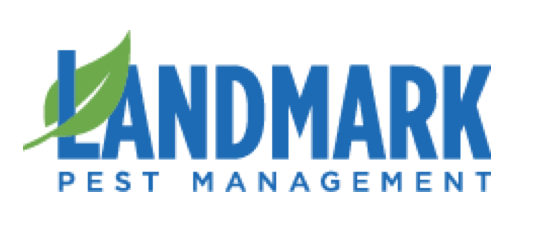Yellow jackets, genera Dolichovespula and Vespula, are easily identifiable wasps common across the United States, including Northern Illinois. It’s hard to miss their yellow and black striped bodies, especially as they forage around sweet foodstuffs.
miss their yellow and black striped bodies, especially as they forage around sweet foodstuffs.
Like most stinging insect species, these common wasp species can become problematic to homeowners when they establish nests near high-traffic areas on the property. They will aggressively protect their nests from real and perceived predation — and the stings can be quite painful.
Yellow Jacket Removal Tips: BEWARE the Cavity Nesters!
Yellow jackets are cavity nesters, exploiting natural and man-made cracks and crevices. Common nesting sites include wall voids, deep cracks along the foundation of the home, hollow fence posts and railings, and holes around the surface roots of landscape shrubs and bushes. If you observe “airport behavior,” that is, individual yellow jackets flying in and out of a hole on foraging runs, you’ve discovered an active, established nest. Proceed with caution, as yellow jackets will fiercely protect their territory, swarming and stinging.
When yellow jackets nest in the cavity of a home they often use the home’s drywall for materials to create their nests. A decent sized colony can easily eat away a portion of drywall. This means that only the thin layer of paint is preventing yellow jackets from entering the living space. This area would look shiny and a homeowner can easily on accident push through the paint thus allowing thousands of yellow jackets into the home.
As a homeowner, decide whether the location of the nest puts you or others at risk of being stung and warrants treatment and removal. Nests far removed from the center of activity near your home and yard are best left undisturbed. Yellow jackets are fierce hunters, and can keep more destructive insect species populations in check.
Elimination and removal of yellow jacket nests can be complicated, depending on the location, and a nesting colony can include up to 15,000 individual insects.
It’s generally a good idea to leave this one up to the pros, especially if the nest is occupying a wall void, attic, or drop ceiling. Spraying an over-the-counter wasp and hornet killer into the nest opening can drive yellow jackets further into the wall. The wasps will seek an alternate exit — and the path of least resistance could be encroachment into the living space of the home.
In some cases, yellow jacket nests in voids don’t need to be removed after treatment has been applied.
For instance, a nest situated in an unoccupied area like an attic is less likely to cause future problems down the line than if it were in a wall with access to the living areas of the home. Nests in cinder block walls can be treated and plugged.
After the yellow jacket nest has been treated and all adults and larvae are dead, preventative maintenance using repellents will keep secondary pests like dermestid beetles from moving into the old nest. Sealing entrance holes will also prevent a new queen from moving in and starting a new colony.
In the end, one of our very best yellow jacket removal tips is to contact a pro. Yellow jackets are an especially aggressive breed of stinging insect that requires a deft touch and specialized knowledge to remove completely. For more information or to schedule an inspection, contact ABC Humane Wildlife at 847-870-7175.


